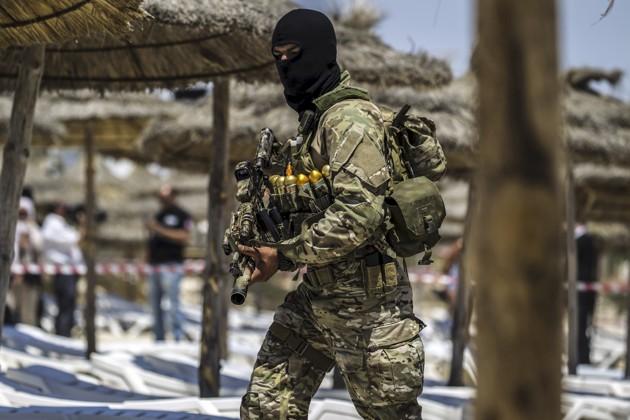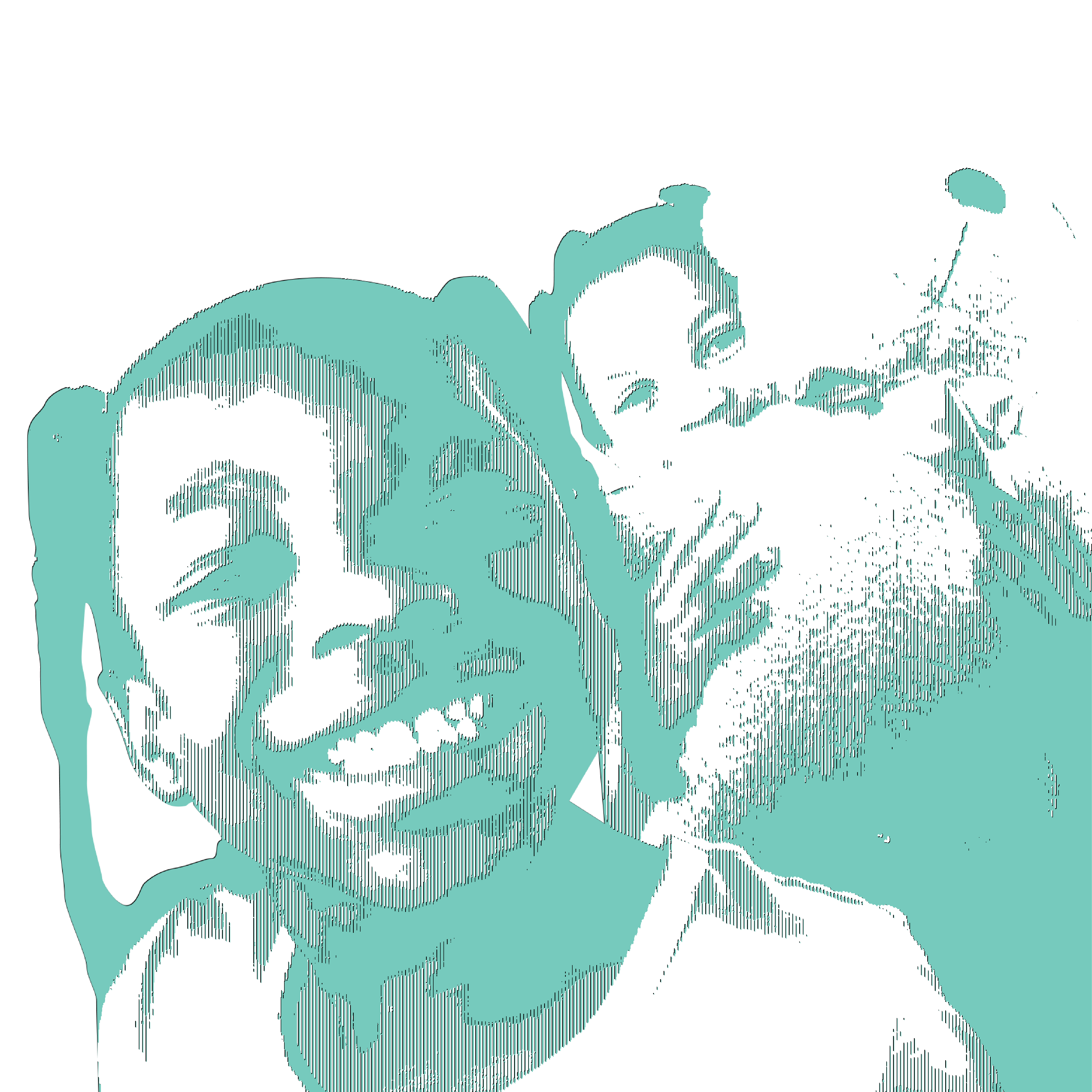
WHY THEY GO
When Pulitzer Center grantee Alice Su arrived in Tunisia a few weeks ago for a long-planned story on why young men were drawn to violent jihadist groups, she'd never heard of Seifeddine Rezgui. A few days later, the whole world knew Rezgui, the 23-year-old Tunisian who pulled a Kalashnikov out of an umbrella and gunned down 38 tourists at an international beach resort before he was killed by Tunisian security forces. ISIS claimed responsibility for the attack.
Alice immediately went to the scene of the attack and filed a series of timely dispatches for Foreign Policy and The Atlantic.
Tunisia, where the Arab Spring started, was supposed to be the lone success story of the Arab world's thwarted democracy movement. But, as Alice reports, then came the June 26 attack just months after two gunmen killed 22 people at the Bardo Museum in Tunis.
"Analysts estimate that at least 3,000 Tunisians have joined militant groups in Syria, with most fighting for ISIS," writes Alice. "How has the region's relative sanctuary of stability also become the world's top supplier of foreign fighters to the conflicts in Syria and Iraq? Is Tunisia's hard-earned stability only now being tested, or has that stability been precarious and illusory all along?"
THE LAST HUNT
In the far reaches of northern Alaska, a single bearded seal can supply native hunters with hundreds of pounds of meat, enough to sustain a large extended family for a winter. But the seals are disappearing, heading even farther north in search of colder climes. Last year was Alaska's warmest on record and scientists are calling the state "ground zero" for climate change.
As Pulitzer Center grantees Katie Orlinsky and Julia O'Malley report for National Geographic, the disappearing seals are "part of another chapter of Alaska's accelerated climate change story, which is threatening the food, economics, and culture of Native communities."
Documenting the latest struggle of native hunters, Julia writes that "the longtime patterns of many animals are changing. For example, the timing of caribou migration has been later, which scientists say may be linked to warmer temperatures. And in the Bering Sea, wild weather and unusual sea ice patterns have hampered walrus hunting, causing serious food shortages in some villages."
CURING EBOLA
Past Ebola outbreaks killed as many as 90 percent of the people who got the disease. But as Pulitzer Center grantee Erika Check Hayden notes in a feature story for Wired, the most recent outbreak in West Africa did not—as many as 60 percent of infected people survived.
The immune systems of these survivors now make antibodies to the virus, proteins that can fight Ebola—and win, says Erika. "Those antibodies are, essentially, the ideal medicine. Or rather they would be, if someone could unpack the biochemical manufacturing process that creates them."
Erika describes how scientists at Tulane University in New Orleans are trying to do just that. "And if they succeed? They might unlock not only a new treatment for Ebola but also a way to make new treatments for any virus, a broad-spectrum method for making drugs against diseases both common and rare, from influenza to Lassa fever. It would be a potent treatment option where today next to none exist."
OUR INSTAGRAM
Pulitzer Center grantee Sami Siva takes over our Instagram for a week starting today. He will highlight photographs from his work on India's transgender community. You can follow along @pulitzercenter.
Until next week,
Tom Hundley
Senior Editor






